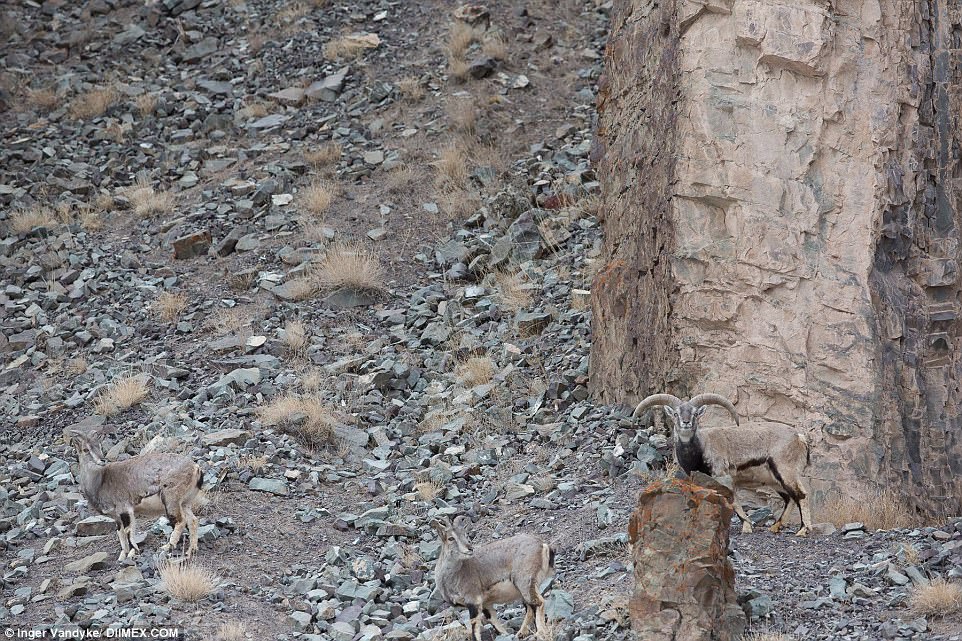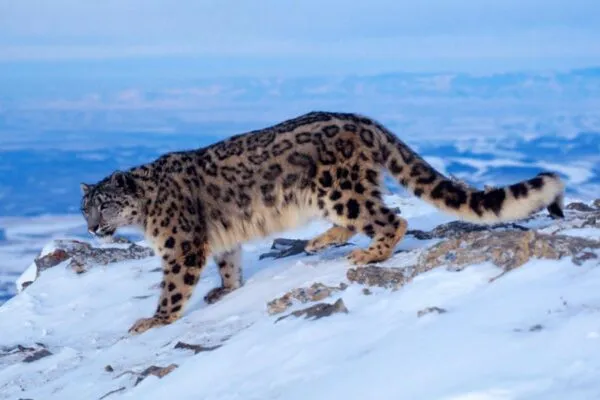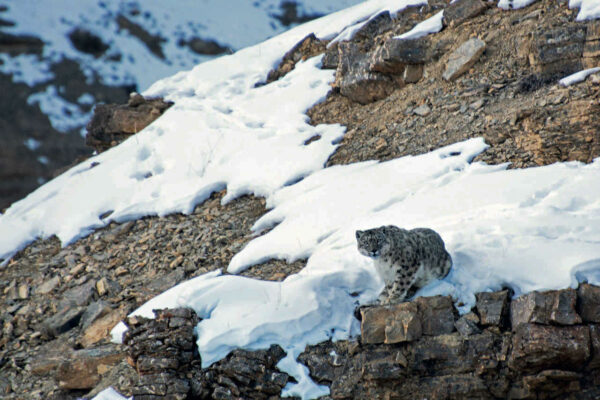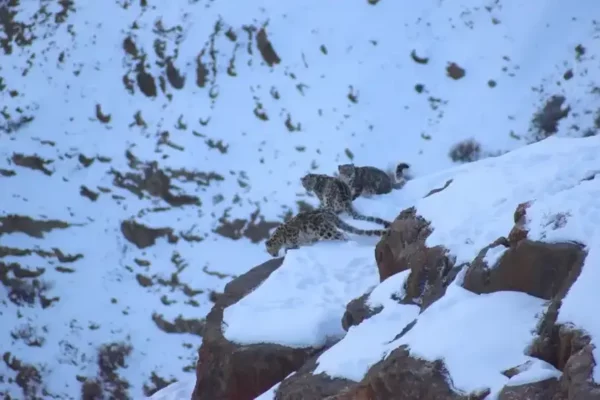International Snow Leopard Day – Can You Spot the ‘Grey Ghost’?
Test your skills right now!
Often referred to as ‘grey ghost’ the snow leopard (Panthera uncia) is a solitary hunter residing in the tough terrain of 12 Central Asian and Himalayan countries including India, Pakistan, Nepal and Mongolia. The majestic cats live in the jagged highlands of India (at an elevation between 3,000 to 5,400 meters) spanning across 100,000 square km in Jammu and Kashmir, Himachal Pradesh, Uttarakhand, Sikkim and Arunachal Pradesh. They are well adapted to the harsh environment which is more than challenging for humans and are masters of disguise owing to their convincing camouflage.
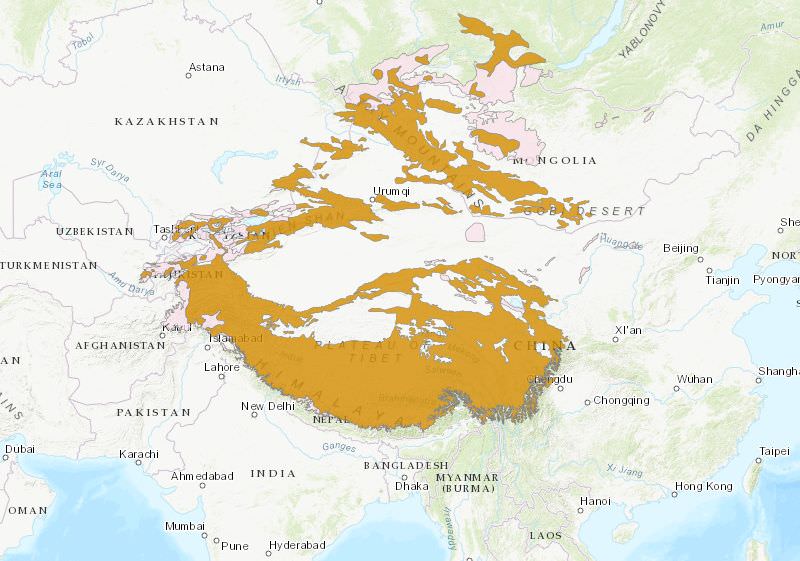
Snow Leopard habitat World Map / Image: IUCN
An average male snow leopard measures 75-150cm from head to the base of the tail and another 80-105cm if the tail is also measured. They weight around 45-55 kg and some large males rake up to 75 kg. This compact form factor gives them the agility to scale their rugged and sometimes impossible terrain.
To add to the cuteness factor, they have big blue, green, or grey eyes as compared to other big cats who have yellow or orange eyes. The thick fur coat protects them from the harsh climatic conditions and the beautiful animal has a grey-and-white fur with a long tail, rosettes on the flanks and spots on the head and neck.
These majestic hunters can leap as far as 20 feet vertically and 50 feet horizontally, making them excellent surprise jumpers who pounce on their unassuming prey. This attribute gives them an advantage on the tough rocky terrain of the mountains.
Unfortunately, the species is endangered and according to the International Union for the Conservation of Nature Red List of Threatened Species (IUCN), only 4,000 to 7,500 of them are left on the planet. Every year 450 snow leopards are killed due to poaching activities (for their fur) and sometimes by the resident farmers who kill them protecting their livestock from being attacked. The species’ natural habitat is getting constricted due to the need for locals to expand their farmlands. IUCN has predicted that by the end of 2040, further 10% of them will disappear.
In an effort to conserve and increase the snow leopard population, Union environment minister Prakash Javadekar at the fourth steering committee meeting of the Global Snow Leopard and Ecosystem Program (GSLEP) hosted in New Delhi, released the Snow Leopard Population Assessment (SLPAI). The intergovernmental alliance of 12 countries including – India, Nepal, Bhutan, Afghanistan, Tajikistan, Uzbekistan, Kyrgyzstan, Kazakhstan, Mongolia, China and Russia targets to double the snow leopard population over the next decade.
Some photographers dedicate their life to capturing never before seen images of the animal which makes them so lucrative. As rare as they can be, snow leopards are mostly sighted in the high mountain ranges of Ladakh and sometimes in the mountains of Spiti valley. Wildlife photographers love to capture sight of one, as they hunt in the early mornings and evenings, mostly during the dusk and dawn. Now, that promises for some jaw-dropping shots if a photographer is in luck.
Just thinking of getting a glimpse of the mountain ghost (a.k.a. ounce) is an adventure in itself and that’s why amateur, as well as pro photographers around the world, love to embark on adventures unknown.
It’s a well-known fact that snow leopards blend very well in their surroundings, so it is high time we take you on a little hunt to spot the animal in its habitat.
These photographs are so convincing that you’ll scratch your head and surely look out for the consequent close-up images which make you say “Damn, how could I not spot that!”
# We bet you’ll look at this photograph clicked by Saurabh Desai about 8 km away from Kibber (the highest motorable village in the world) in Spiti valley and doubt your visual perception. Don’t worry, it’s normal since the camouflage is so damn convincing. It can literally make anyone tear their hair out.
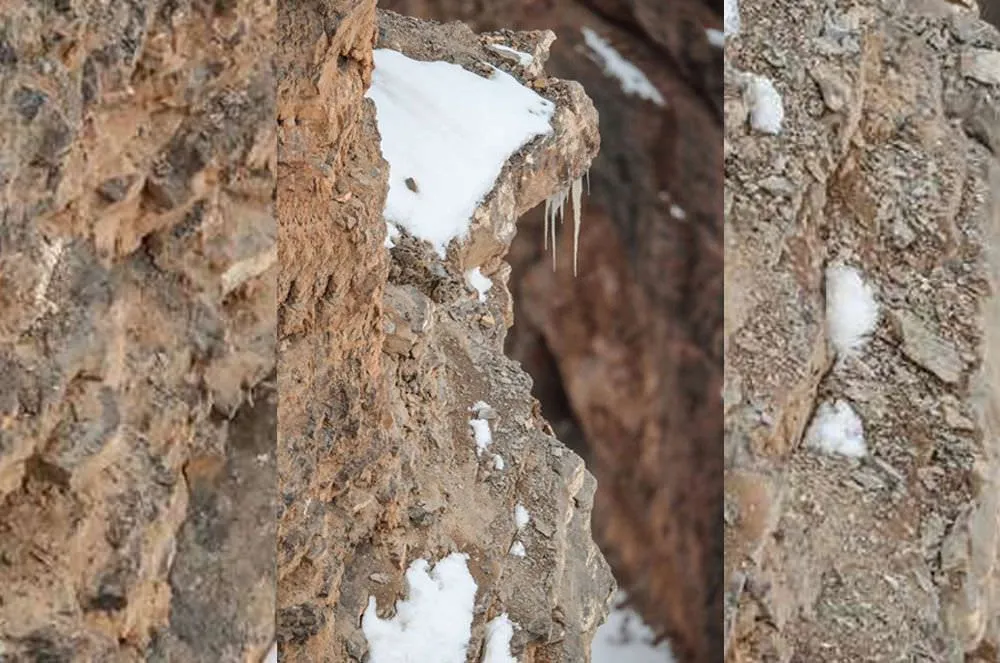
Image: Visual Poetries/Saurabh Desai
We’ll get you out of your misery. Have a closer look at the zoomed image of the photograph and you’ll see a snow leopard peeking from behind the rocky mountain, looking straight into the camera lens.
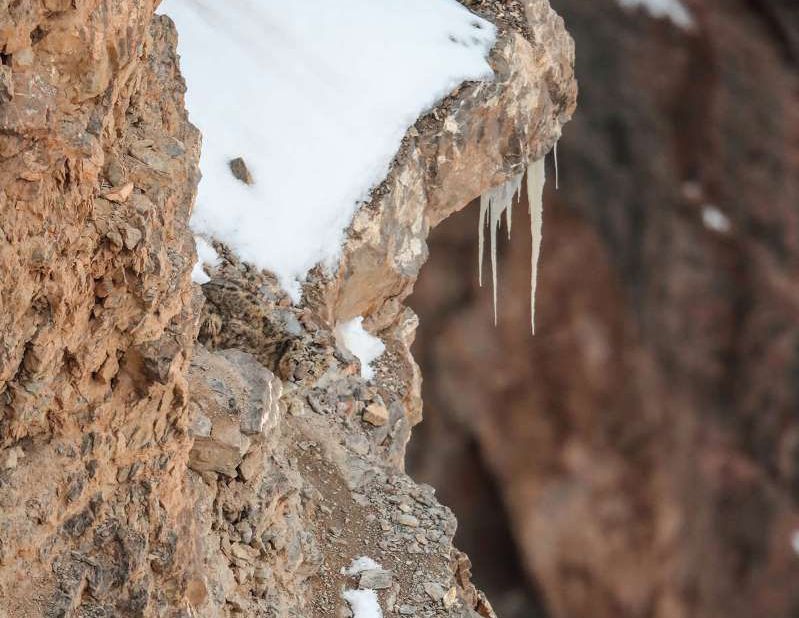
Image: Visual Poetries/Saurabh Desai
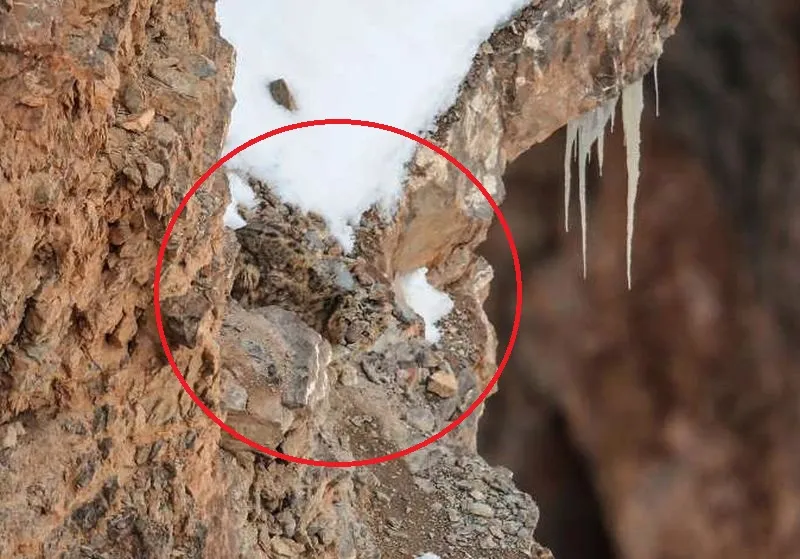
Image: Visual Poetries/Saurabh Desai
# Next up is a shot of grey ghost taking a nap (that’s a hint!) photographed by Raghu Chundawat somewhere in Ladakh. The conservation biologist captured this shot while on his research on snow leopards in the region as a part of his Ph. D. degree.
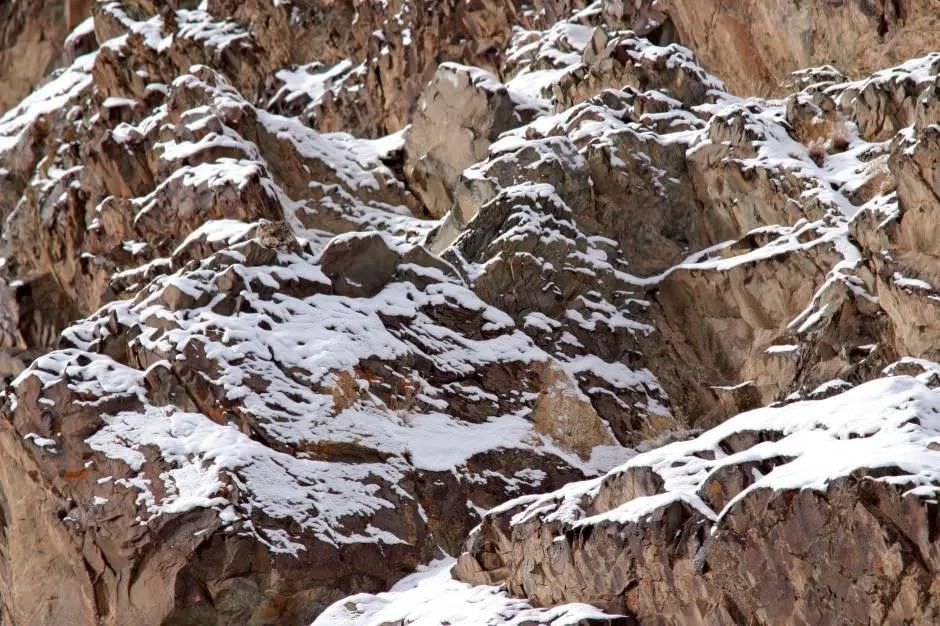
Image: Raghu Chundawat/The Sun
So, did you manage to identify the sleeping cat or need to look below for the close-up image?
The zoomed image clearly gives it away, as you can see the big cat soaking the sun. That was easy, wasn’t it?
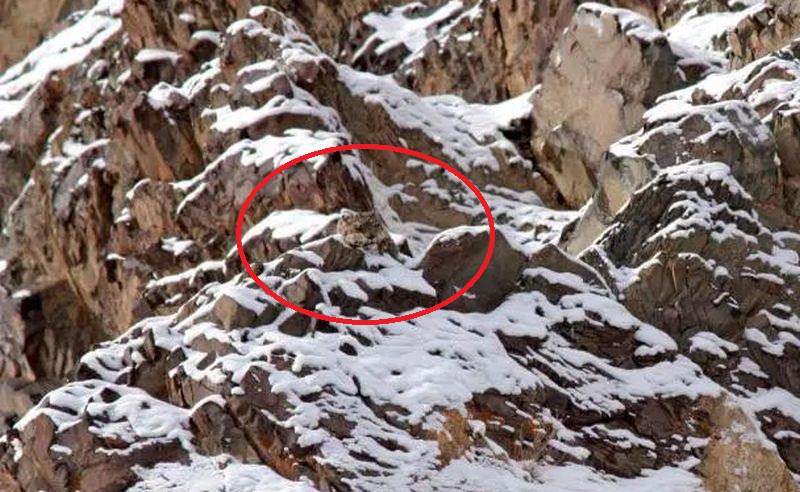
Image: Raghu Chundawat/The Sun
# Inger Vandyke is the world’s first female photographer to capture a snow leopard with its eyes locked on the prey. She along with Mark Beaman scouted the Ladakh mountains for 17 days for Wild Images Photo Tours UK to catch a glimpse of the ounce. And what a moment to capture as the snow leopard prowls the unassuming blue sheep. Look closely and you can spot it.
Image: Inger Vandyke/Dailymail
No Luck this time too? Don’t be disheartened, as we were also not able to spot it the first time over. Look below for the close-ups of the photograph. Hiding perfectly behind the dry bushes and rocky slope, the snow leopard is ready for the kill!
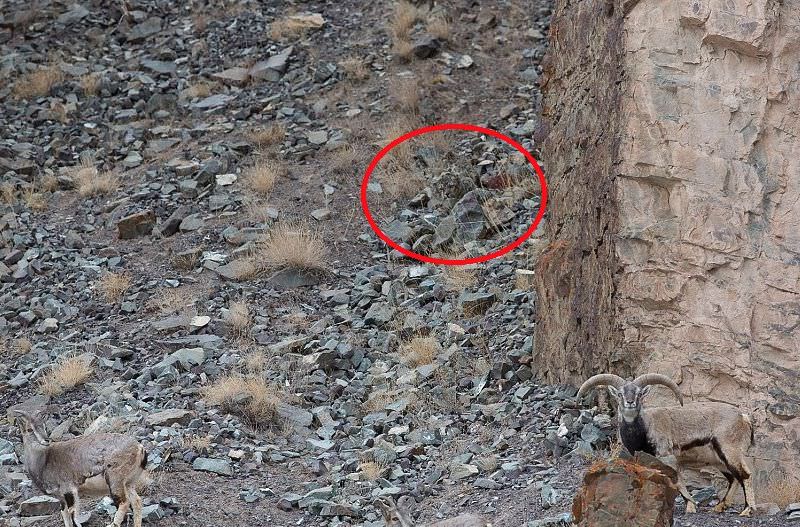
Image: Inger Vandyke/Dailymail
# Another timed shot by 21-year-old Nirali Mehta a student from Mumbai, who was on an expedition to Ladakh with three friends while capturing this sight. There was a stranded Ibex unaware of the casual snow leopard with its long tail snaking just a few meters away. Obviously, the camouflage was too convincing for the poor prey as they found the dead carcass of the Ibex the following morning around the same location.
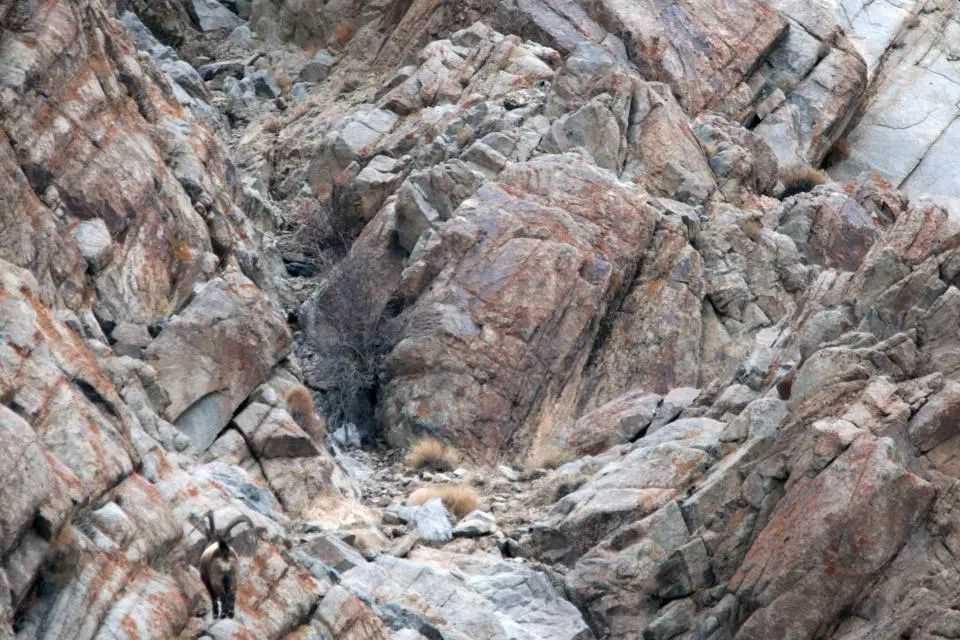
Image: Nirali Mehta/The Sun
Yet again, the predator is very hard to spot and on first look, the Ibex is also hard to figure out at first glance. Scroll to see where the two wild animals are exactly positioned.
The wild cat is sitting quietly (probably for a long time) waiting for the hunted to walk right into his territory. Disheartened that you didn’t get this one too? Don’t be, snow leopards can be just like a grain of sand in a haystack.
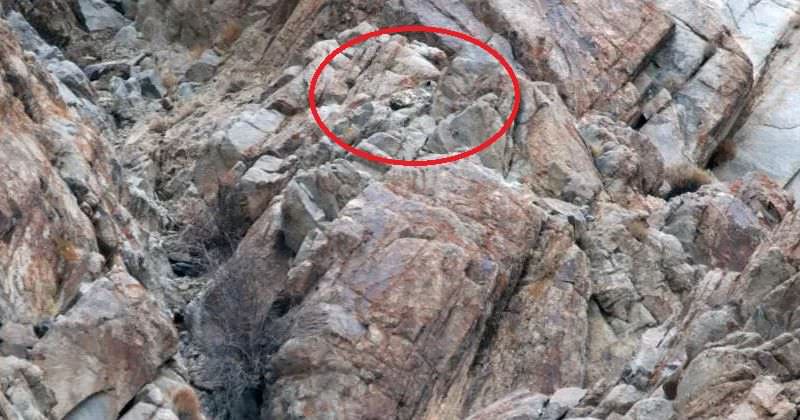
Image: Nirali Mehta/The Sun
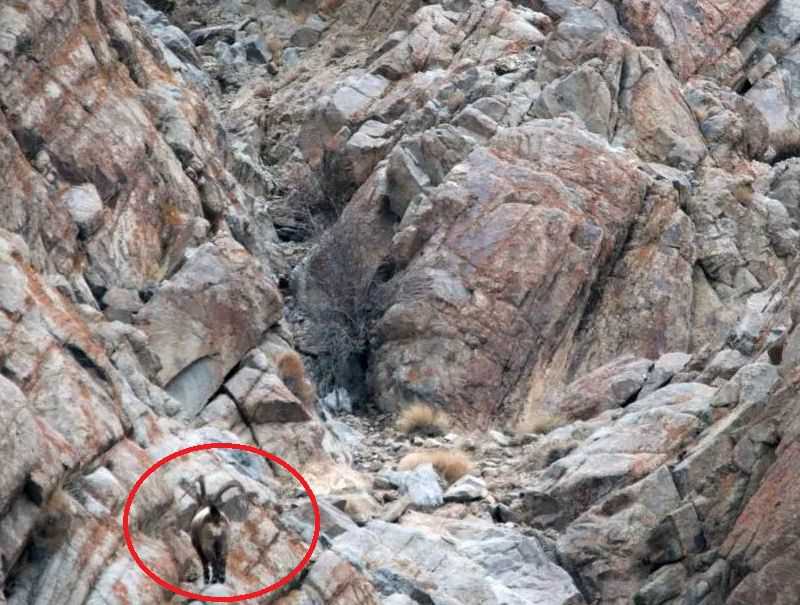
Image: Nirali Mehta/The Sun
# This rare photograph by Kim Murray, Assistant Director of Science of the Snow Leopard Trust displays the shy nature of the master camouflage artist. Captured during the 10-year research project in the South Gobi, Mongolia.
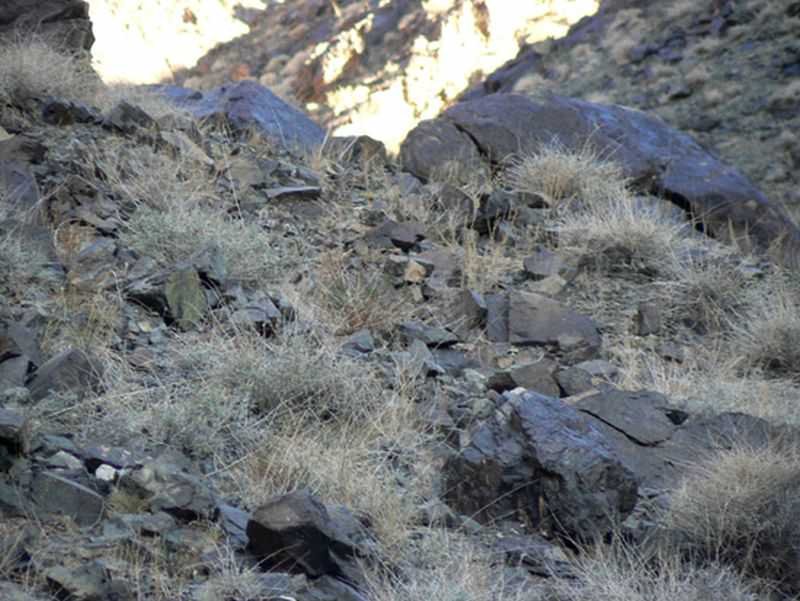
Image: Kim Murray/Snow Leopard Trust
By now if you’ve developed a keen eye for the snow leopard’s disguise skills, you might just be able to see. Even if you can’t, it’s ok. See the subsequent picture to reveal its exact position.
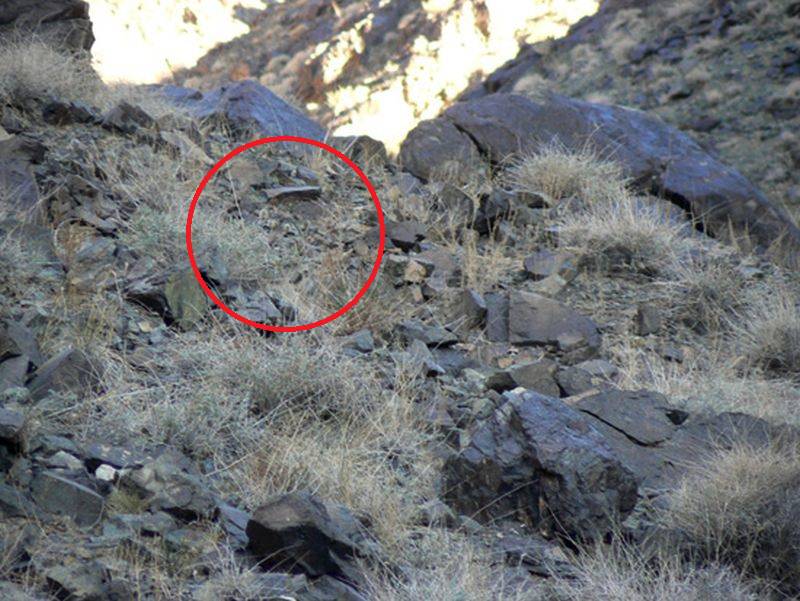
Image: Kim Murray/Snow Leopard Trust
# Here is a wide shot taken by David ‘Baz’ Jenkins near the Indian Himalayas. The rocky terrain makes for a perfect backdrop for the big cat to appear invisible from a distance. So, try and spot this one.
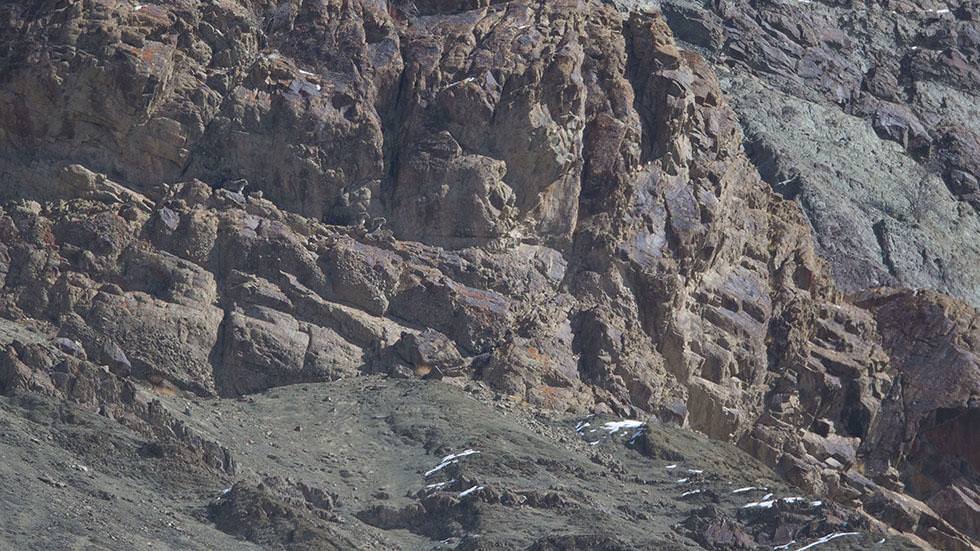
Image: Beauty of Planet
In fact, there is not one but a family of snow leopards relaxing at the vantage point. You can see it in the zoomed image below if your eyes betrayed you this time too!
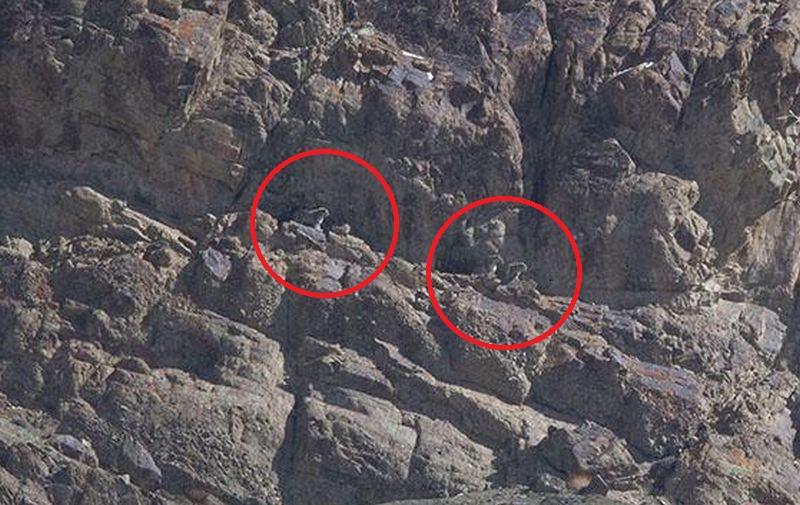
Image: Beauty of Planet
